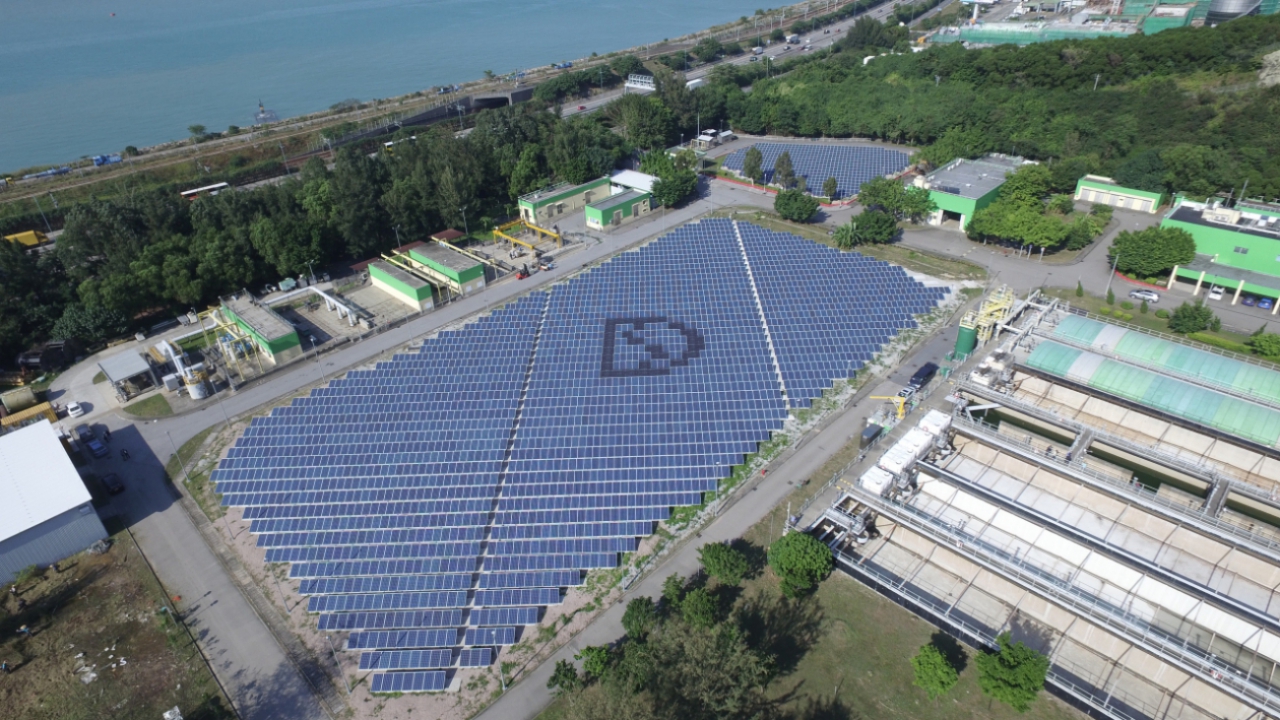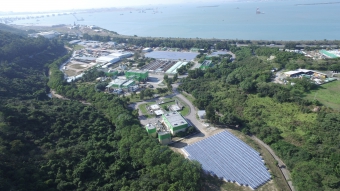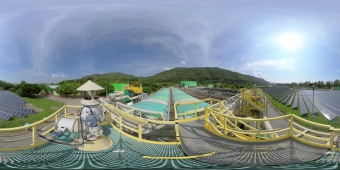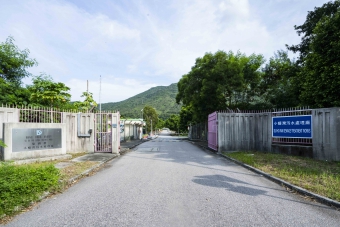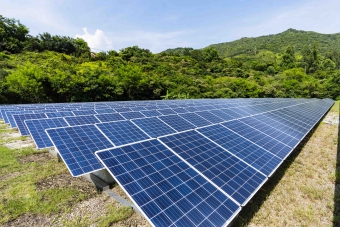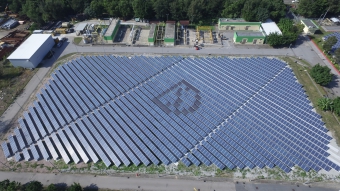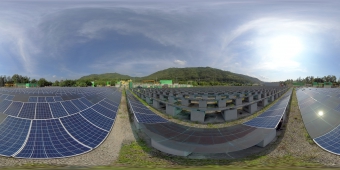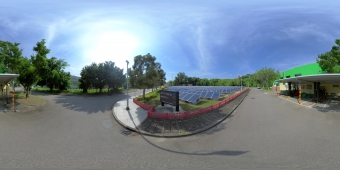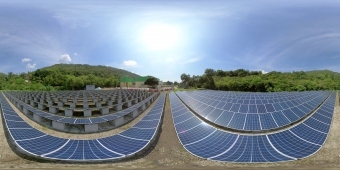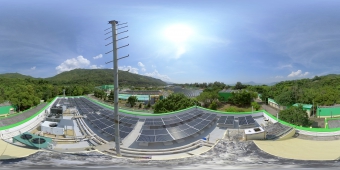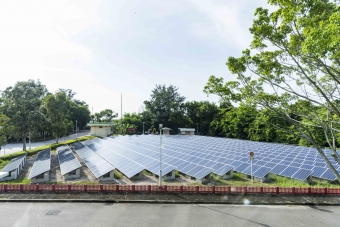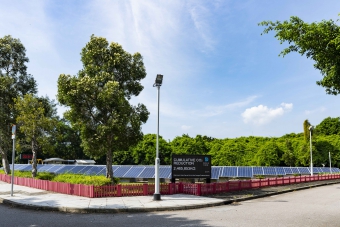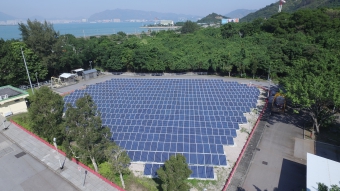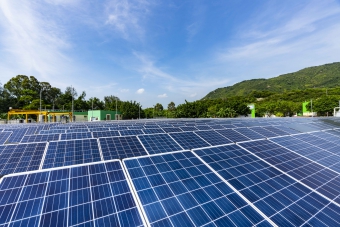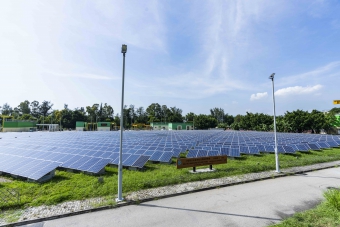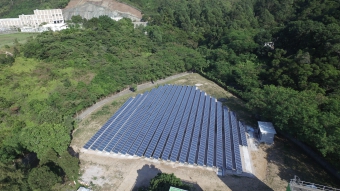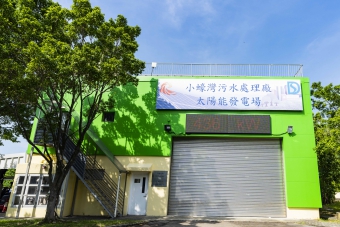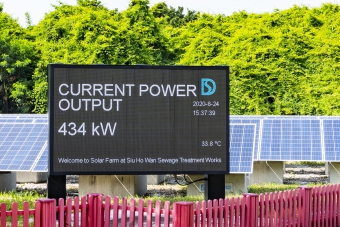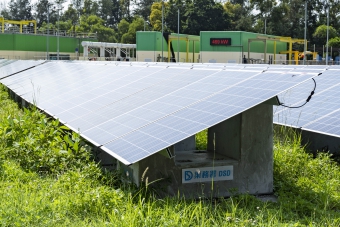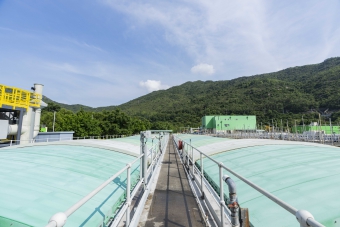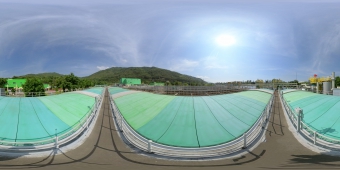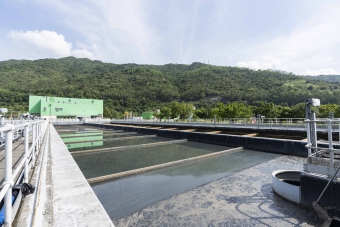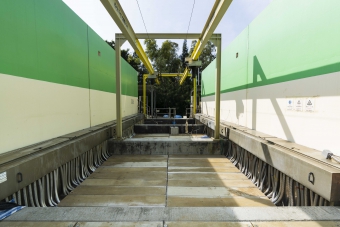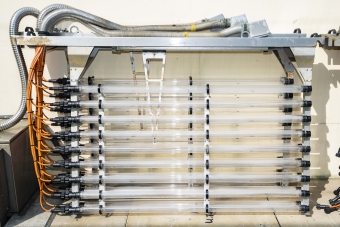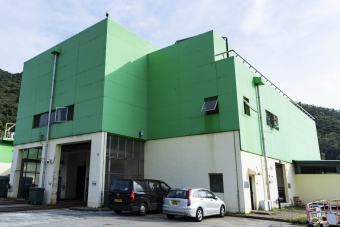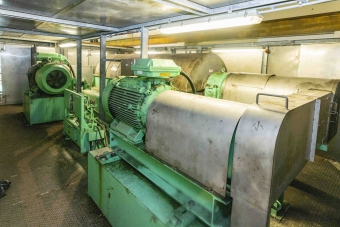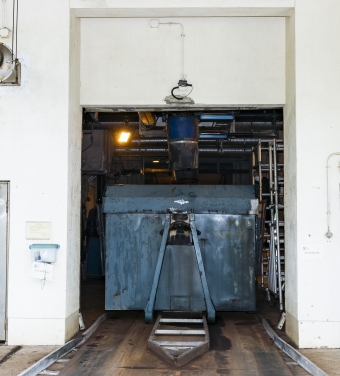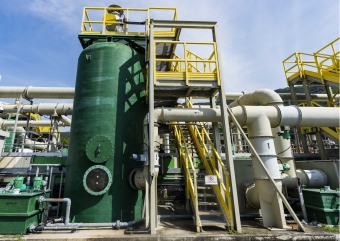Siu Ho Wan Sewage Treatment Works
Siu Ho Wan Sewage Treatment Works (SHWSTW) was a Preliminary Sewage Treatment Works when it was first commissioned in 1998. The plant was subsequently upgraded to Chemically Enhanced Primary Treatment Works in 2004, providing sewage treatment services for a population of 200,000 in Chek Lap Kok Airport, Tung Chung, Discovery Bay and Disneyland. The design flow of the STW is 180,000 cubic metres per day and its current flow is about 60,000 cubic metres per day.
In order to promote sustainable development in Hong Kong, as well as to combat climate change, Drainage Services Department has actively adopted renewable energy and energy saving elements in our new and existing facilities. The Solar Farm at SHWSTW was commissioned since 2016. It comprises around 5,000 units of photovoltaic (PV) panels which can generate as much as 1.2 million kilowatt-hours of electricity annually, making it currently the largest PV system among the Hong Kong Special Administrative Region Government facilities.
Schools and relevant organisations are welcome to visit Siu Ho Wan Sewage Treatment Works by prior reservation. The recently renovated Solar Farm Monitoring Room has incorporated several innovative elements, including Augmented Reality (AR) and interactive games. Visitors can engage with interactive exhibits to gain a deeper understanding of the Drainage Services Department's renewable energy initiatives.
In support of “Hong Kong’s Climate Action Plan 2030+” published by the Government in 2017 that encourages extensive use of renewable energy, Drainage Services Department has actively implemented energy-saving initiatives and deployed additional resources in promoting and adopting renewable energy technologies on a wider and larger scale in our existing and new facilities to reduce carbon emissions and protect the environment for achieving sustainable development.
The Solar Farm at Siu Ho Wan Sewage Treatment Works comprises around 5,000 photovoltaic (PV) panels and covering an approximate area of 11,000 square metres with a generation capacity of 1,200 kilowatts.
The Solar Farm consists of three major areas (Area A, B and C) and other plant facilities. Among them, Area B has the most PV panels, at about 2,700, covering an area of about 7,200 square meters, with a maximum power output of 694 kilowatts, accounting for approximately 58% of the total output of the entire Solar Farm. Area A and Area C consist of about 700 and 900 PV panels respectively.
All the PV panels in the major areas are facing towards South with an inclined angle of 22˚, supported by a concrete base instead of metal framework, as concrete supports provide more protection for the PV panels against strong wind. Moreover, the concrete supports are simply positioned on the ground by their dead weights to facilitate future relocation and generate less material waste. In addition, the solar farm is equipped with an automatic on-line inspection system which will signal the location of malfunctioned PV panels, thereby reducing the difficulty of operation and maintenance.
Annual electricity generation of the Solar Farm is equivalent to the annual electricity consumption of about 360 households, which helps reduce 840 tonnes carbon dioxide emission per year.
Footnote: The Solar Farm at Siu Ho Wan Sewage Treatment Works was commissioned in 2016. At that time, it consisted of around 4,200 solar panels at Area A, B and C, with a generation capacity of 1,100 kilowatts. Later, the Solar Farm was expanded to other plant facilities. At present, around 5,000 solar panels are installed at the Solar Farm and its generation capacity is now 1,200 kilowatts.
Sewage collected to Siu Ho Wan Sewage Treatment Works will first pass through preliminary treatment. Large solids with over 6 millimetres in diametre and grit and sand with over 0.25 millimetres in diametre are removed from the sewage by fine screens and grit chambers before the sedimentation process.
After screening and degritting, the sewage will be transported to the sedimentation tank for chemical enhanced primary treatment.
Chemicals (ferric chloride and polymer) are injected at the inlet at a required dosage and mixed with the sewage inflow in the mixing chambers. The sewage is then distributed along a main distribution channel into sedimentation tanks. The flocs get settled in the sedimentation tanks as sludge and are removed by chain and flight sludge collectors to sludge hoppers. The lighter foam and floatable solids referred to as scum rise to the surface and are skimmed off by scum collectors. The sludge, together with the scum, are pumped to a separate facility for dewatering.
The treatment process removes 75% of the suspended solids and 60% of the Biochemical Oxygen Demand.
To protect the nearby water body and the habitat for the Chinese White Dolphin, UV disinfection facilities were installed at Siu Ho Wan Sewage Treatment Works in December 2006. Treated effluent is disinfected before being discharged into the sea (North Western Water Control Zone) via a submarine outfall with 1.9 metres in diameter and 1.15 kilometres in length. The disinfection system is a Low Pressure High Intensity UV system, which is more energy efficient. Used UV lamps are collected and recycled.
The settled sludge and scum collected at the holding tanks will be mixed with polymer before being dewatered by centrifuges for a minimum dryness of 30%. The dewatered sludge will then be transported using sealed containers to T•PARK sludge treatment facility.
To act proactively in an environmentally friendly and to provide a better service to the nearby residents, an odour management system with deodourising facilities has been put into operation.
Currently there are biotrickling filters installed in Siu Ho Wan Sewage Treatment Works which will treat the foul gas before discharging it into open air. The biotrickling filter is a reliable and environmentally friendly biological odour removal technology with a low life-cycle cost and minimum operation and maintenance requirements. It can remove 99% or more of hydrogen sulphide gas (H2S), the main odour source in sewage treatment works, for an effective odour control.
Schools and relevant organisations are welcome to visit Siu Ho Wan Sewage Treatment Works through prior application. For details, please visit the following website:
For details about Siu Ho Wan Sewage Treatment Works, please visit the following website:
Videos of Siu Ho Wan Sewage Treatment Works
Leaflet of Solar Farm at Siu Ho Wan Sewage Treatment Works

